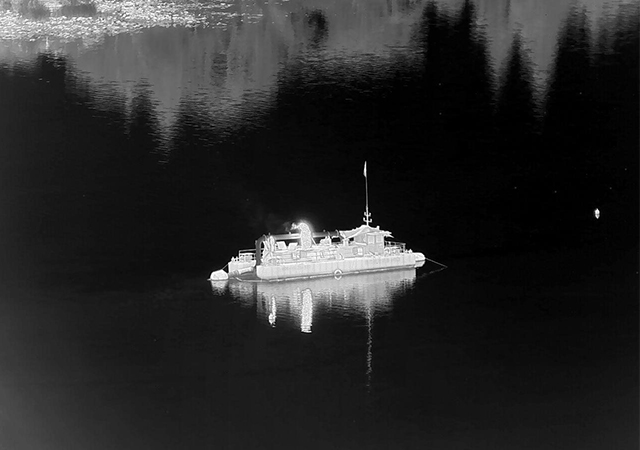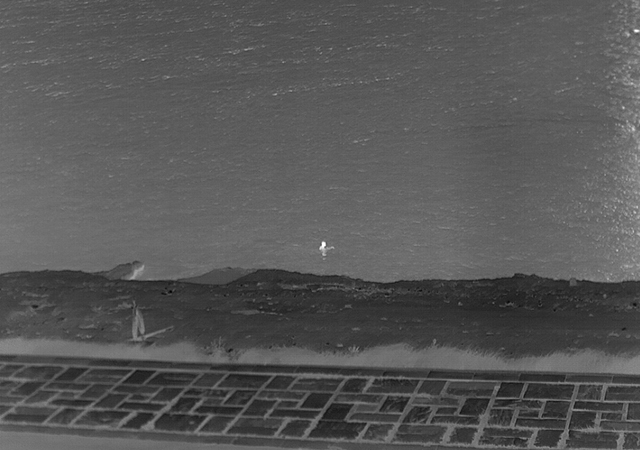The application of thermal imaging cameras in the marine environment is efficient and practical. It can meet the following customer needs: port, waterway and coastal security, maritime security, detection of illegal entry at sea, maritime law enforcement, anti-piracy and threat detection, fishing fleet protection, ship tracking and observation, search and rescue operations, environmental protection etc. Even objects that are hard to be detected by radar systems, such as sailboats, wooden boats, and floating objects, cannot escape the "eyes" of thermal imaging cameras.
Ocean is a dangerous place, especially at night or in bad weather, which can be very painful even for professional navigators. Thermal imaging cameras provide an "early warning system" for common hazards, so navigators can navigate with confidence no matter what the weather conditions.
Thermal imaging cameras allow users to see moving boats in total darkness, even when the boat is traveling without lighting. This helps users avoid collisions, identify suspicious vessels and see activities on board. Thermal imaging technology helps users identify navigational aids, buoys, logs and other objects floating in the water. This enhanced vision is essential to ensure the safety of the user's own vessel as well as surrounding civilian vessels when responding to calls at high speed.
Thermal imaging cameras can be used to spot the invisible heat emitted by potential hazards, including floating objects, airway traffic, anchored boats and small boats, and to reveal man-made structures: buoys, piers, piers, etc. Icebergs and shallow swimming whales can also be identified.

According to the working principle of infrared thermal camera, as long as there is temperature difference, the thermal image output by infrared camera will be displayed in different colors. The lower the temperature is, the darker the color will be.
If someone falls into the water, since his body temperature is higher than the surrounding environment temperature, he will be highlighted on the infrared thermal imaging camera, so that search and rescue personnel can quickly and accurately find the person who fell into the water and carry out rescue.

Making decisions at night is a challenge for all first responders. Long-range thermal imaging camera systems help users observe suspicious activity or respond quickly to emergency situations. Air and land law enforcement agencies use thermal imaging cameras as force multipliers. Maritime thermal imaging cameras offer the same hidden advantage over water.
Long-range thermal imaging cameras create more reaction time for users by helping to identify suspicious or threatening behavior. Monitor from a safe distance and then step in when the time is right. Thermal imaging cameras enable users to observe in the dark from a distance. This is extremely useful for law enforcement and security applications.
Go Top